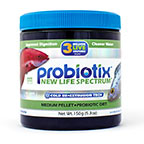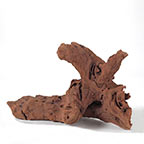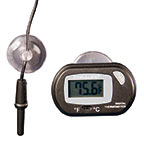
Additional locales and sizes may be available!
Additional locales and sizes may be available! Email me when availableQuick Stats
What do these Quick Stats mean? Click here for more information
What do these Quick Stats mean? Click here for more information
Overview
Originating in the inland waters of the Amazon River basin in Brazil and Peru, the Porthole Catfish is mainly found in slow moving creeks, tributaries, floodplain lakes, and ponds. Therefore, they prefer well-planted aquariums with driftwood and plenty of cover. Sandy or fine round substrate is ideal.
This peaceful bottom-dweller makes a great tank mate for fellow Amazonian community fish including tetras, peaceful cichlids, corydoras, and others. The Porthole Catfish is preferably kept in shoals of 3-6 to truly appreciate their natural behavior.
Males can be differentiated from females by slightly thicker rays of the pectoral fins. Mature females are often rounder in body than males as well.
Offer a variety of foods, including sinking pellets and small freeze-dried and frozen foods such as bloodworms and brine shrimp.
Approximate Purchase Size: 1" - 2"











